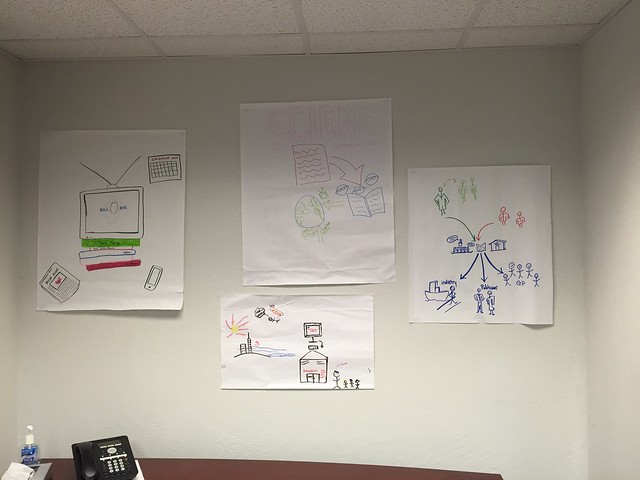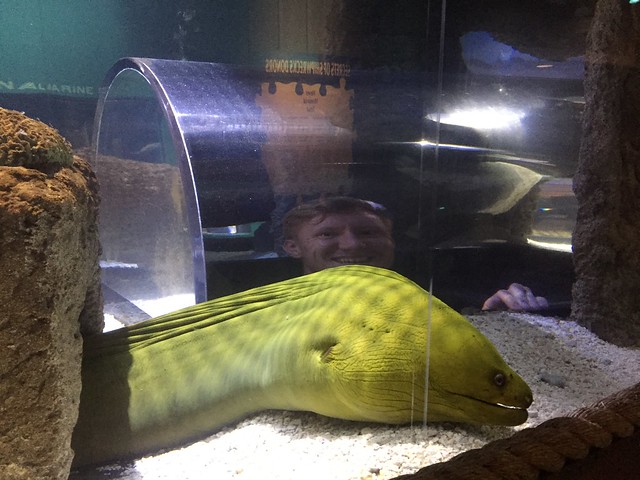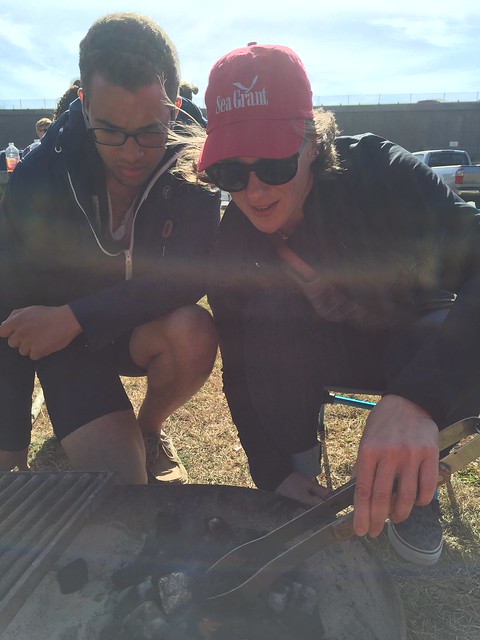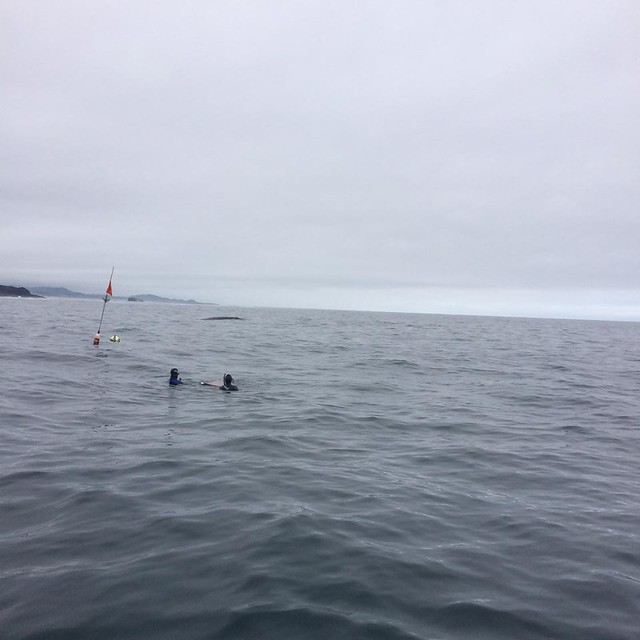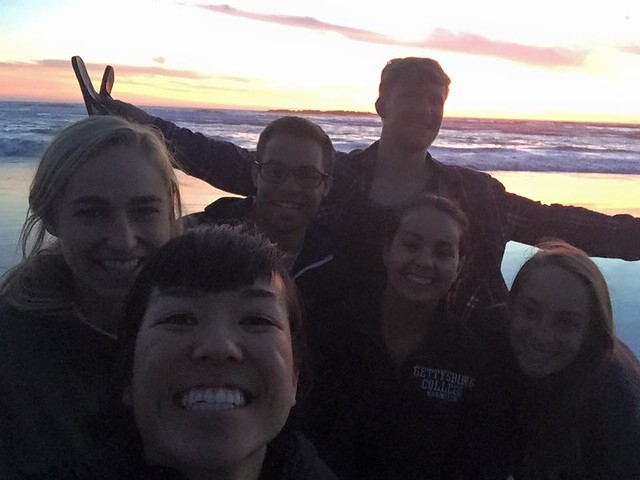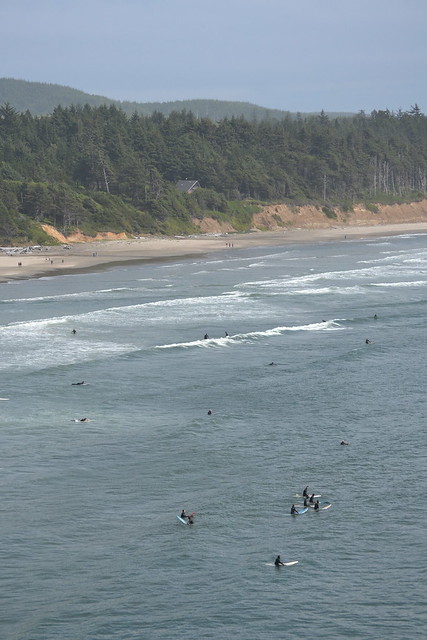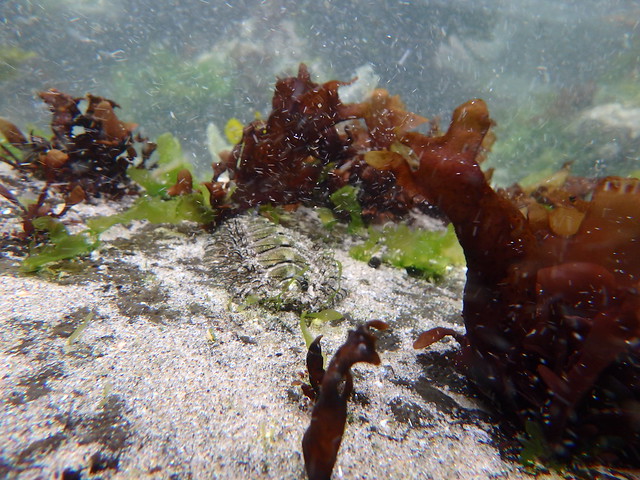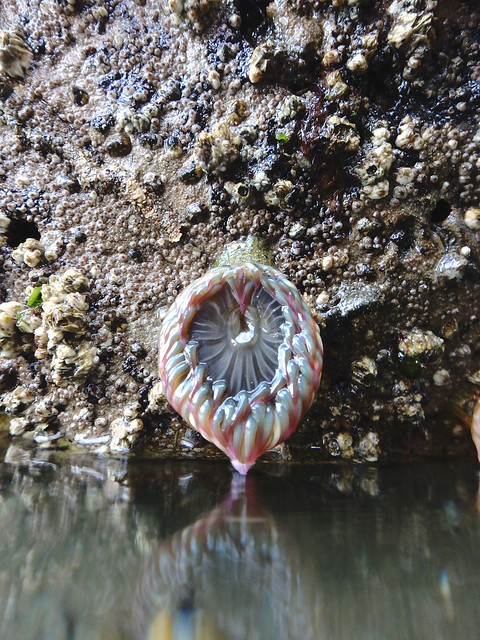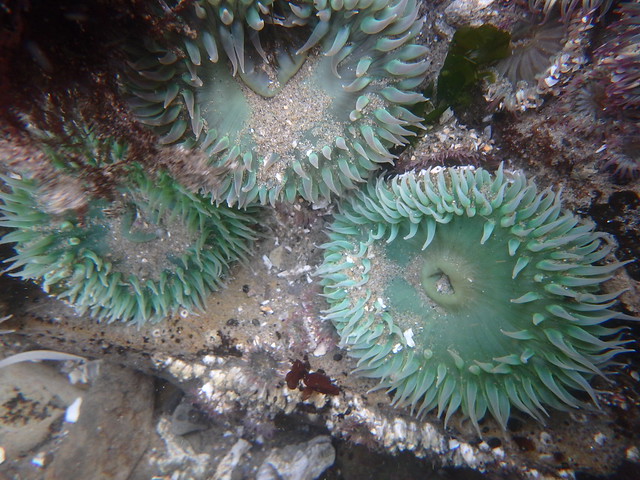How have I found myself in the middle of week SIX, already? I’m into the double digits with my interviews and have a very full calendar for the next few weeks. My original aim was to have interviews wrapped up by the end of week seven, but I’ve got some scheduling spilling over that deadline. This is making it ever more important that I keep up with interview transcriptions and analysis along the way, since I’ll be presenting a poster at our final symposium in week nine! With a decent number of interviews behind me, now, I’ve begun to see recurring commentary on certain successful elements of engaged research, and have heard some suggestions for improvement echoed by a few people. It’s all starting to come together, although I need to spend this next week better organizing all of this data in a format that will feed into my final report.
I have to give a quick shout-out to Ruby Moon after tagging along to her Shop the Dock program in the past week. It was great to see a program in action, and watch the engagement between community members and local industry through this direct marketing exchange. What a great activity – there was a huge crowd that came out to learn about navigating the docks!
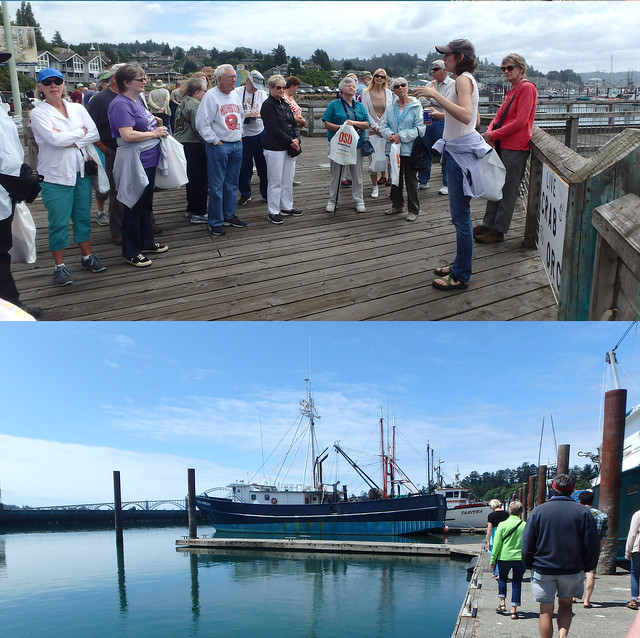
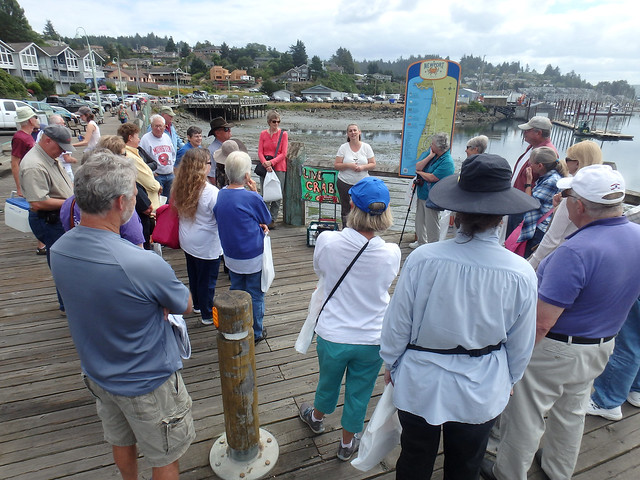 I also spent a lot of time thinking about science communication and engagement over the weekend during our mid-summer check-in. Miriah Kelly led an excellent workshop, and I enjoyed round-table discussions that were had throughout the morning. We talked about a lot that day, but here are a few things I jotted down that are good to remember and incorporate into my thinking: (1) Your identity as a scientist is built up through everything you’ve ever communicated and the positions you’ve taken on other research and issues. (2) In communicating your message, recognize and account for the fact that the general public often has stereotyped ideas of who scientists are and what they do. (3) You will often take a role as an information gatherer, generator, provider, or translator in your scientific work, but equally important are your abilities to be a good manager, listener, director, networker, facilitator, behavior changer, and passion generator (love that last one). After the morning workshop, we also had a chance to visit the Newport Aquarium as a group. I realized that this was everything I’d been previously missing out on in my museum and aquarium explorations: when you go with a bunch of other marine scientists, you learn SO MUCH MORE. The information panels are never quite enough to satisfy my curiosities, but I was really happy to hear my co-scholars and mentors share their specific knowledge about the species we were seeing throughout the exhibits that day. We also ended the mid-summer check in well with a barbecue, camping, and incredible sunset at Beverly Beach, just up the coast. And, as you’ll notice in the picture below, only a bunch of marine scientists can be found staring at the ground in front of a such a beautiful sunset :) Speaking of such, does anyone have thoughts on what those pink, gooey clumps are that we found strewn across the sand (see photo below)? We were stumped. Anyhow, it was wonderful to spend time with the other summer scholars and hear about their interests and experiences in marine systems.
I also spent a lot of time thinking about science communication and engagement over the weekend during our mid-summer check-in. Miriah Kelly led an excellent workshop, and I enjoyed round-table discussions that were had throughout the morning. We talked about a lot that day, but here are a few things I jotted down that are good to remember and incorporate into my thinking: (1) Your identity as a scientist is built up through everything you’ve ever communicated and the positions you’ve taken on other research and issues. (2) In communicating your message, recognize and account for the fact that the general public often has stereotyped ideas of who scientists are and what they do. (3) You will often take a role as an information gatherer, generator, provider, or translator in your scientific work, but equally important are your abilities to be a good manager, listener, director, networker, facilitator, behavior changer, and passion generator (love that last one). After the morning workshop, we also had a chance to visit the Newport Aquarium as a group. I realized that this was everything I’d been previously missing out on in my museum and aquarium explorations: when you go with a bunch of other marine scientists, you learn SO MUCH MORE. The information panels are never quite enough to satisfy my curiosities, but I was really happy to hear my co-scholars and mentors share their specific knowledge about the species we were seeing throughout the exhibits that day. We also ended the mid-summer check in well with a barbecue, camping, and incredible sunset at Beverly Beach, just up the coast. And, as you’ll notice in the picture below, only a bunch of marine scientists can be found staring at the ground in front of a such a beautiful sunset :) Speaking of such, does anyone have thoughts on what those pink, gooey clumps are that we found strewn across the sand (see photo below)? We were stumped. Anyhow, it was wonderful to spend time with the other summer scholars and hear about their interests and experiences in marine systems. 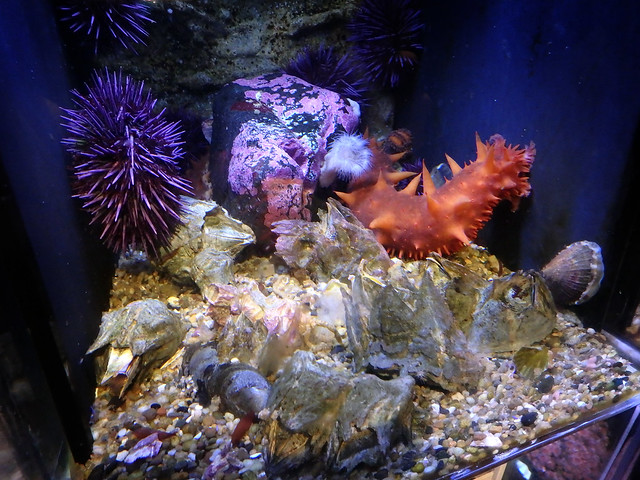
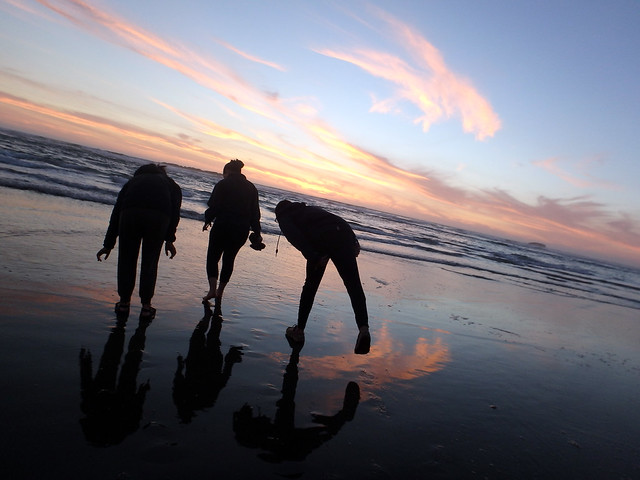
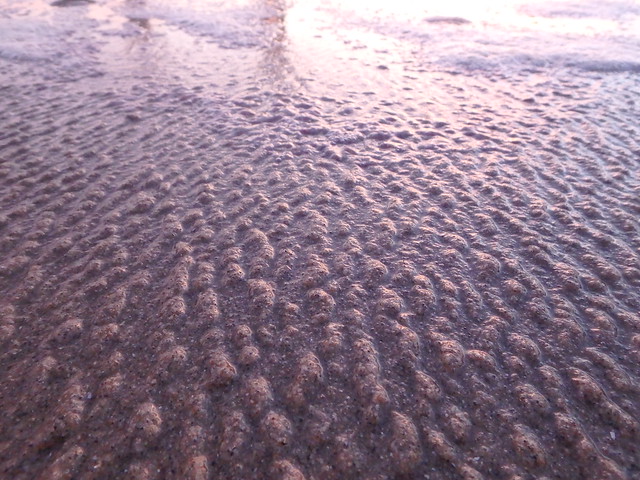
Onward and upward! It should be a crazy but incredibly interesting week as interviews continue.





